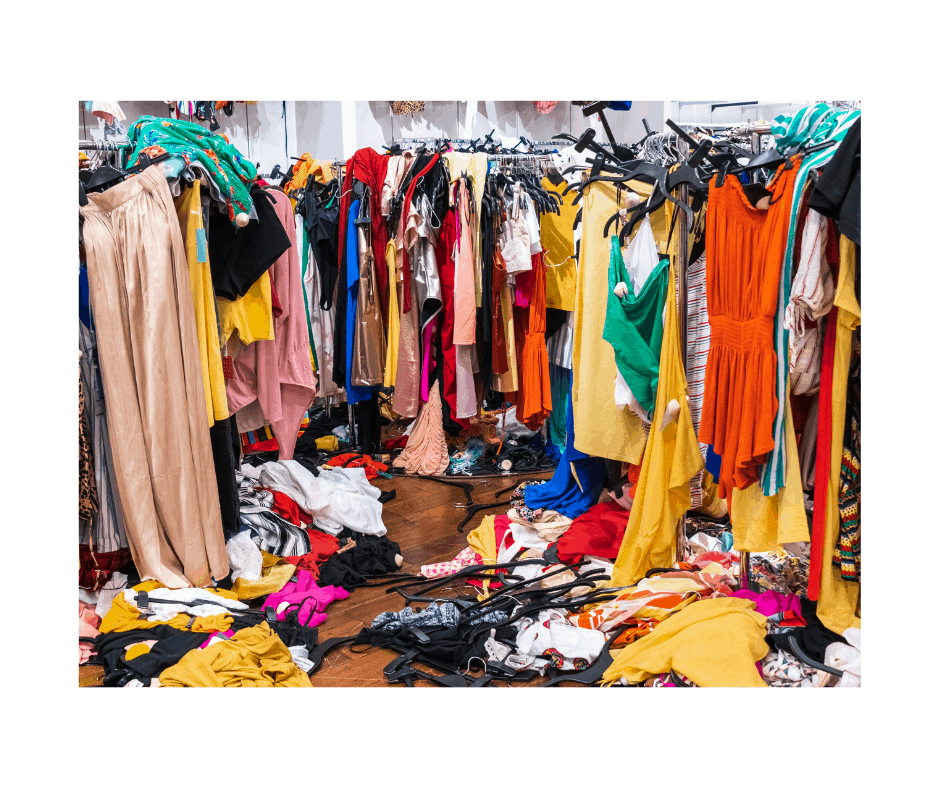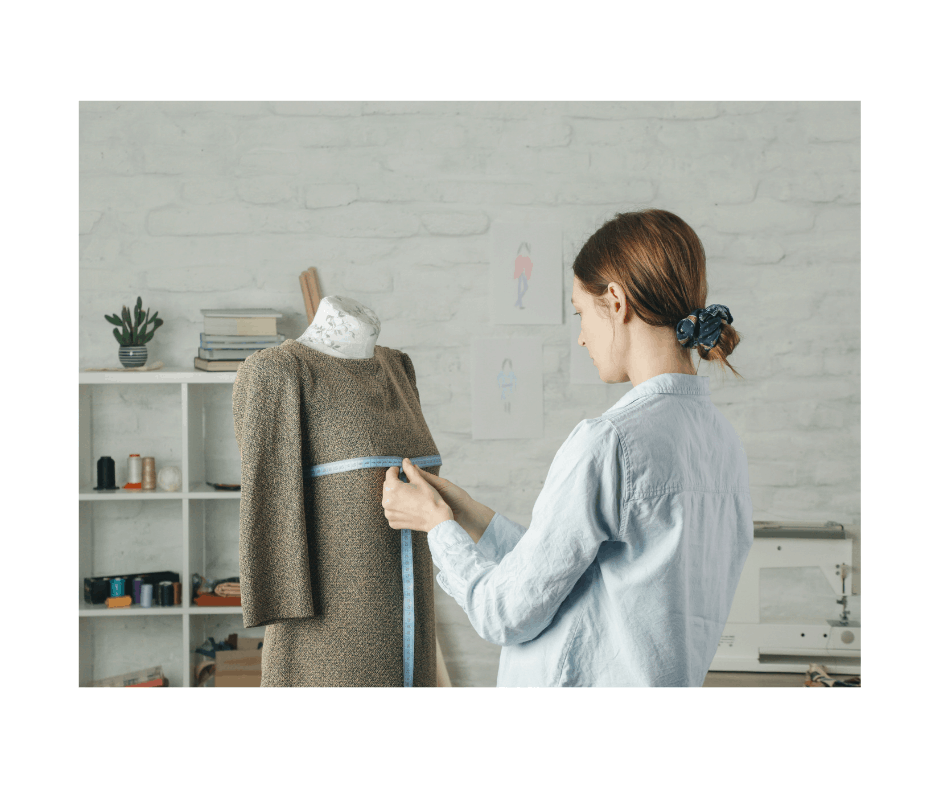The world of fashion is becoming increasingly competitive, ethical, and transparent. As companies far and wide continue to expand their fashion reach, more people have begun drawing attention to the dangerous differences in fashion companies, administration, and execution of their new campaigns.
Fast fashion and slow fashion are two common terms that have become popular within recent years as people begin analyzing the impact of the fashion industry and its impact and role on the world around them. Understanding fast versus slow fashion will help you make your own decisions about what fashion is the best for you to invest in.
What is Fast Fashion and Slow Fashion?
Fast and slow fashion describe two different methods of manufacturing and producing fashion products. Fast fashion is generally understood as a form of mass-produced fashion that’s used internationally and works to replicate and produce consumer versions of the latest fashion trends as quickly as possible.
Many people enjoy fast fashion because it creates accessible and stylish versions of high-couture pieces at budget prices that more people can afford. However, the pressure fast fashion places on the environment and the fashion industry drives negative effects deeper into the fashion world.

Slow fashion describes the polar opposite of fast fashion: a conscious shopping experience that intentionally seeks out clothing made with sustainable materials and production methods and that considers environmental and social impacts as part of its production means.
Slow fashion is typically much more expensive because of the increase in quality in both materials and production means. Your slow fashion choice means you’re knowingly investing in a quality product that’s intentionally designed to benefit the world around it and everyone who is involved in its production.
Fast Fashion vs. Slow Fashion – 10 Key Differences
1. Fast fashion has a shorter production cycle.
Fast fashion products are meant to be designed, produced, and shipped out for resale as quickly as possible. Many fast fashion brands are mass-produced in overseas clothes factories, so as soon as they have a large batch their clothing is priority mailed to other distribution centers and quickly packaged and shipped to individual retailers, often within two days.
2. Fast fashion has less worker protection.
Many of fast fashion’s workers are hourly hires taking cheap manual labor gigs in international clothing factories in Bangladesh, Cambodia, and Indonesia. These countries have less overall worker protection or fair working laws for employees, and wage requirements are far lower, as are required breaks or time off.
3. Slow fashion has a longer production material gathering cycle.
Slow fashion prioritizes sustainability and homegrown materials wherever possible. Many slow fashion companies pride themselves on tracking the materials they’re using from field to their cutting floor, and the extended ethical material gathering process means it will take longer to get all the items in place for use.
4. Slow fashion costs more to produce.
Slow fashion pays its workers more to help produce your materials. Fair wages, ethical medical support, and proper vacation time and breaks means each employee you’re hiring is going to be more expensive to retain than fast fashion factories, which means your production costs have skyrocketed.
5. Fast fashion gets onto the market faster.
Fast fashion looks at hot runway trends or fashion themes and works to transition them to commercial styles as quickly as possible. Because of that, fast fashion often is the best way for people to keep up with fashion trends while still keeping an affordable clothing budget. If you’re looking for the hot and the new, fast fashion will be a better option for you.
6. Slow fashion lasts longer.
Slow fashion is generally made with higher quality materials that are designed to last you many years. These product staples last for a long time and are meant to be a permanent part of your wardrobe and fashion routine, so your initial investment will prove itself worthy over your product’s extended lifespan.
7. Slow fashion is better for the environment.
Fast fashion’s increased production means put a lot of pressure on the environment. Increased carbon footprints, more water wastage, more clothing and fabric waste- all of these factors skyrocket when a person is exposed to fast fashion and when fast fashion clothing is preferred. Slow fashion produces well-made and sustainable garments that have very little impact on the environment no matter how many times they’re produced.
8. Fast fashion is more accessible to people.
Fast fashion can be found in almost every major retailer because of its sheer popularity and ease of manufacturing. Because of this, fast fashion is generally more accessible and more inclusive, because it’s easier to make garments quickly in wide garment ranges and have them all cost the same. Slow fashion generally offers constrained size ranges and charges more for larger sized products, which puts a burden on consumers.
9. Fast fashion is cheaper.
Because fast fashion is so easy to make and sell, its overall price point is far lower. Fast fashion is a numbers game- sell as many products as fast as possible. By continually cutting product prices and production timelines while still putting out many loads of products, fast fashion retains its cheaper price and more accessible reputation.
10. Slow fashion is socially aware.
Slow fashion takes a holistic approach to social justice and environmental focus, meaning their clothing production is also designed to adjust and adapt to environmental and social awareness concerns. Slow fashion helps people move through their clothing journey while also keeping your community in mind.
The Advantages of Slow Fashion
Slow fashion is better for the environment thanks to reduced carbon and water emissions impact and sustainable environmental use. Your slow fashion is also ethically produced and sold, meaning the workers who produced your clothing were paid fairly and treated with dignity. Your slow fashion is made with quality ingredients and will last you much longer.
The Disadvantages of Fast Fashion
Fast fashion puts an incredible strain on the environment by increasing carbon emissions and clothing waste, as well as using up to three times the water and other natural resources in their production cycle. Fast fashion has been known to take advantage of both workers and production means and is an exploitative industry.
Fast and slow fashion are two important concepts that have come to define our modern understanding of ethical clothing wear and consumption. By educating yourself on the difference between fast and slow fashion, you can better understand the forces that go into your decision to wear the clothing you choose, and you can begin to transition towards healthier and more ethical clothing options, such as slow fashion.


